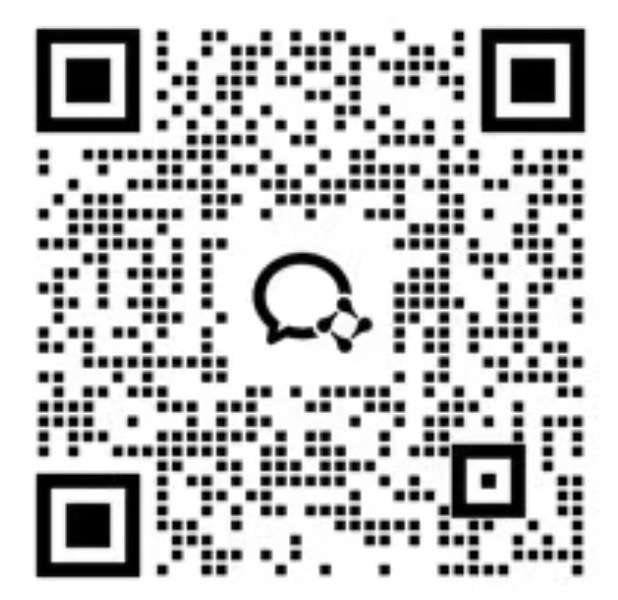2025年技能驱动招聘新趋势报告(英)
A NEW CONVERSATION ON:Authored by: Madeline Laurano Brought to you by:2Over the past five years, skills-based hiring has been at the center of TA transformation. Companies are doubling down on everything related to skills and the rapid advancements in AI has accelerated the need for skills-based hiring.Skills-based hiring has never had more urgency. Yet, the discussions around skills have not progressed much over the past few years. We found that 1 in 2 companies are facing fatigue or frustration with the skills conversation today. For many companies, it has been misaligned and misguided. And the result is that companies are stuck on skills—unsure where to start, whether to build a skills inventory, invest in technology, or redefine their hiring models.One reason for the frustration with skills is that the primary focus has been on inferred skills rather than validated skills.Inferred skills—extracted from resumes, job titles, and experience—provide context but do not always confirm competency. Validated skills, however, are directly assessed through structured evaluations, simulations, and AI-driven assessments.To ensure better hiring outcomes, greater trust, reduced bias, and a future-ready workforce, organizations must consider both inferred and validated skills.EXECUTIVE SUMMARYof companies eliminating rolescreating new rolesidentifying skill gapsAccording to Aptitude Research:62%69%65%companies are facing fatigue or frustration with the skills conversation today.1-in-23Top 8 FindingsThis report is an introduction to new research from Aptitude on validated skills and the impact on TA transformation. It includes the following:The Shift to Validated SkillsCurrent State of Skills-Based HiringChallenges in Validating SkillsThe Role of AI Measuring Success in Skills-Based Hiring12345Validated Skills and Inferred Skills Companies are moving away from assumptions based on resumes and job titles toward structured, directly validated skill assessments. 50% of companies stated their top frustration in the skills conversation is the difficulty in validating skills.Skills Fatigue Is Real Nearly 1 in 2 organizations report frustration or fatigue with the current skills conversation—driven by confusion, lack of trust, and ineffective tools.Resumes Are Still Overused Despite the rise of new tools, 72% of companies still rely on resumes or self-reported skills to identify talent.Measurement Is the Missing Link Few companies track validated skills’ impact on outcomes like retention, performance, or bias reduction—creating blind spots in hiring ROI.Maturity Levels Vary Widely Only 26% of companies feel confident in their current skills approach, and most fall into early or developing stages of adoption.Technology Investment Is Lagging Over a third of companies have only lightly adopted tech to support skills-based hiring, and 6% have made no investment at all.Structured Doesn’t Mean Stale Effective validation blends structured assessments with human interpret
2025年技能驱动招聘新趋势报告(英),点击即可下载。报告格式为PDF,大小10.71M,页数16页,欢迎下载。









